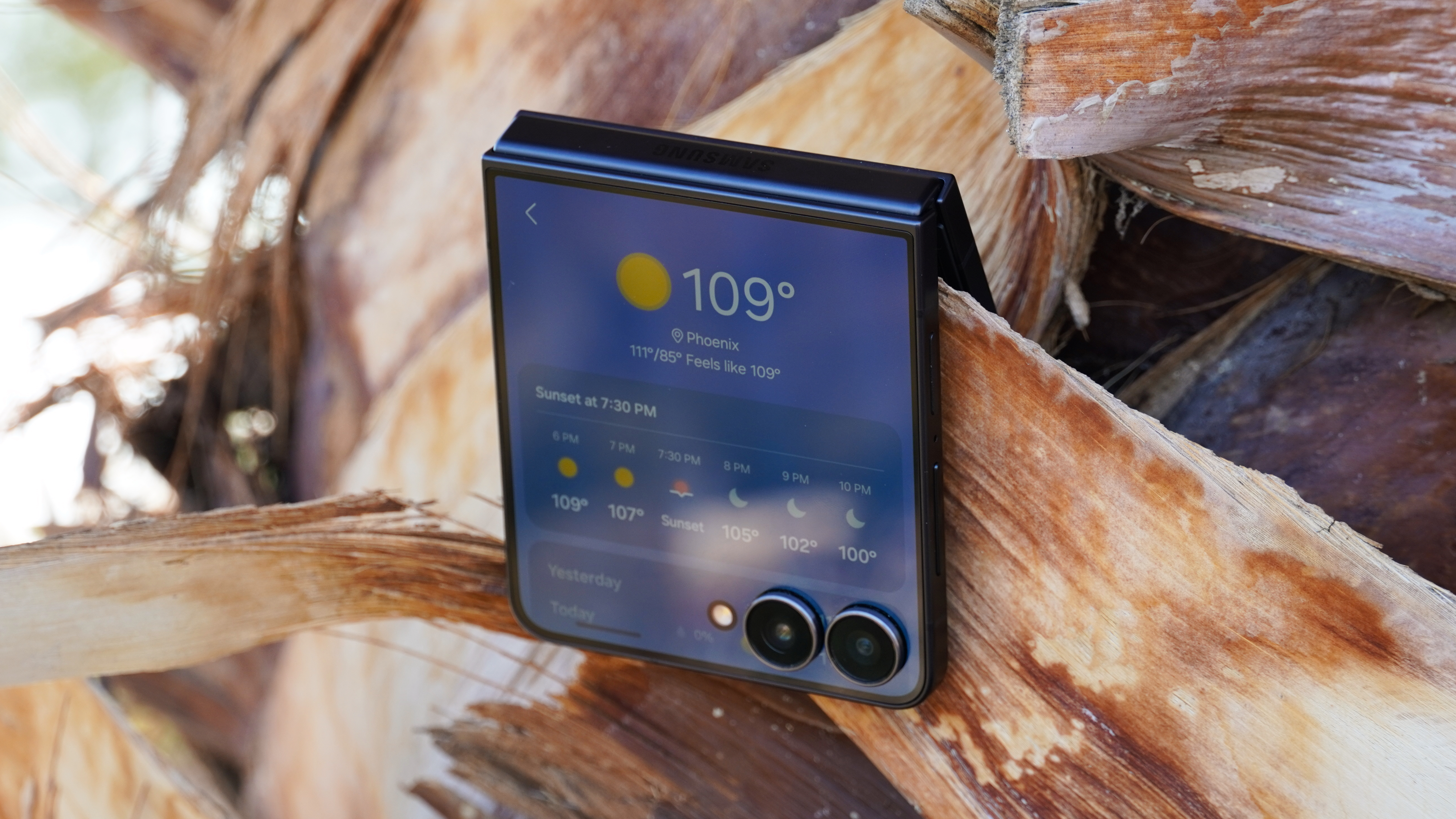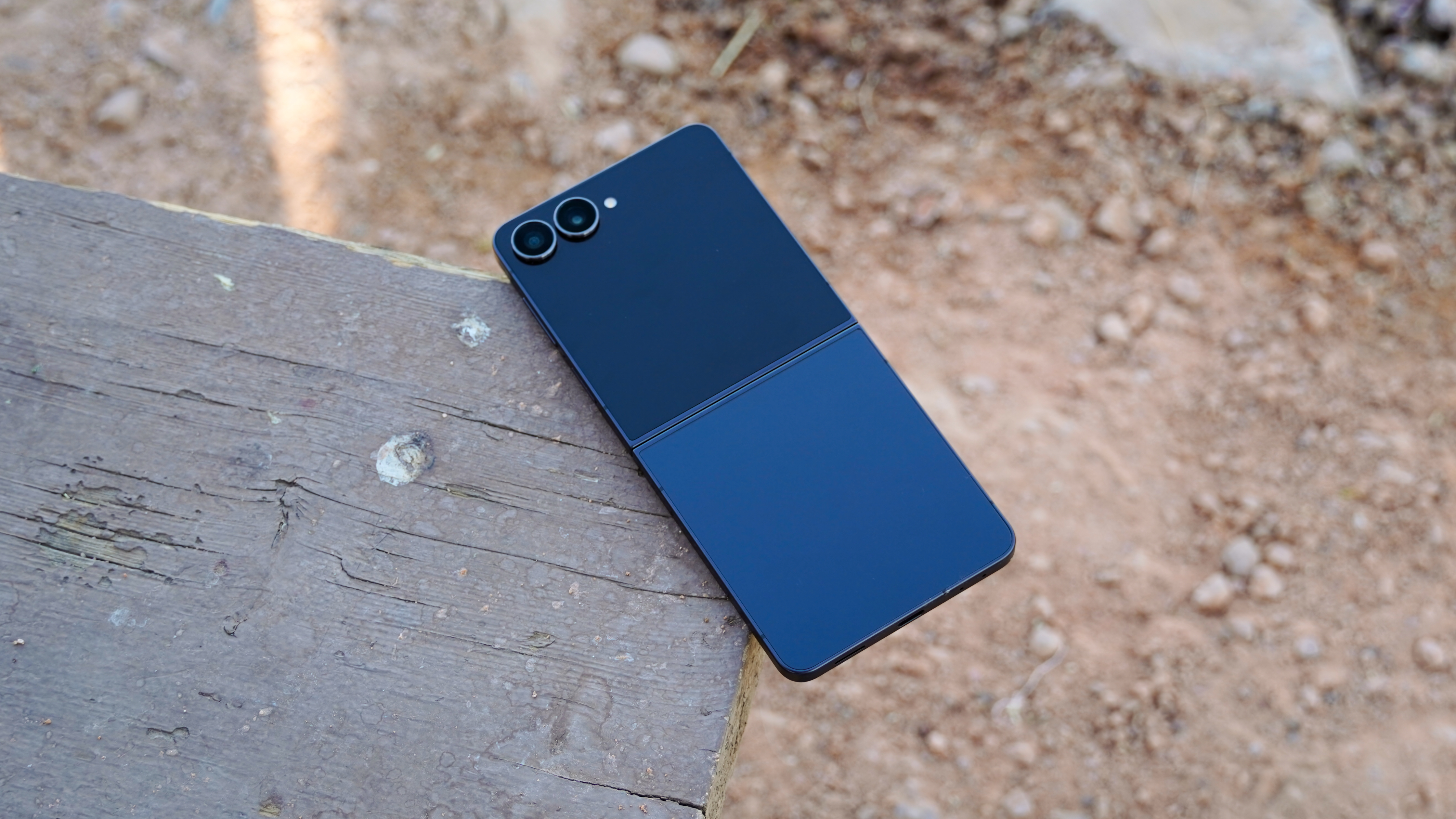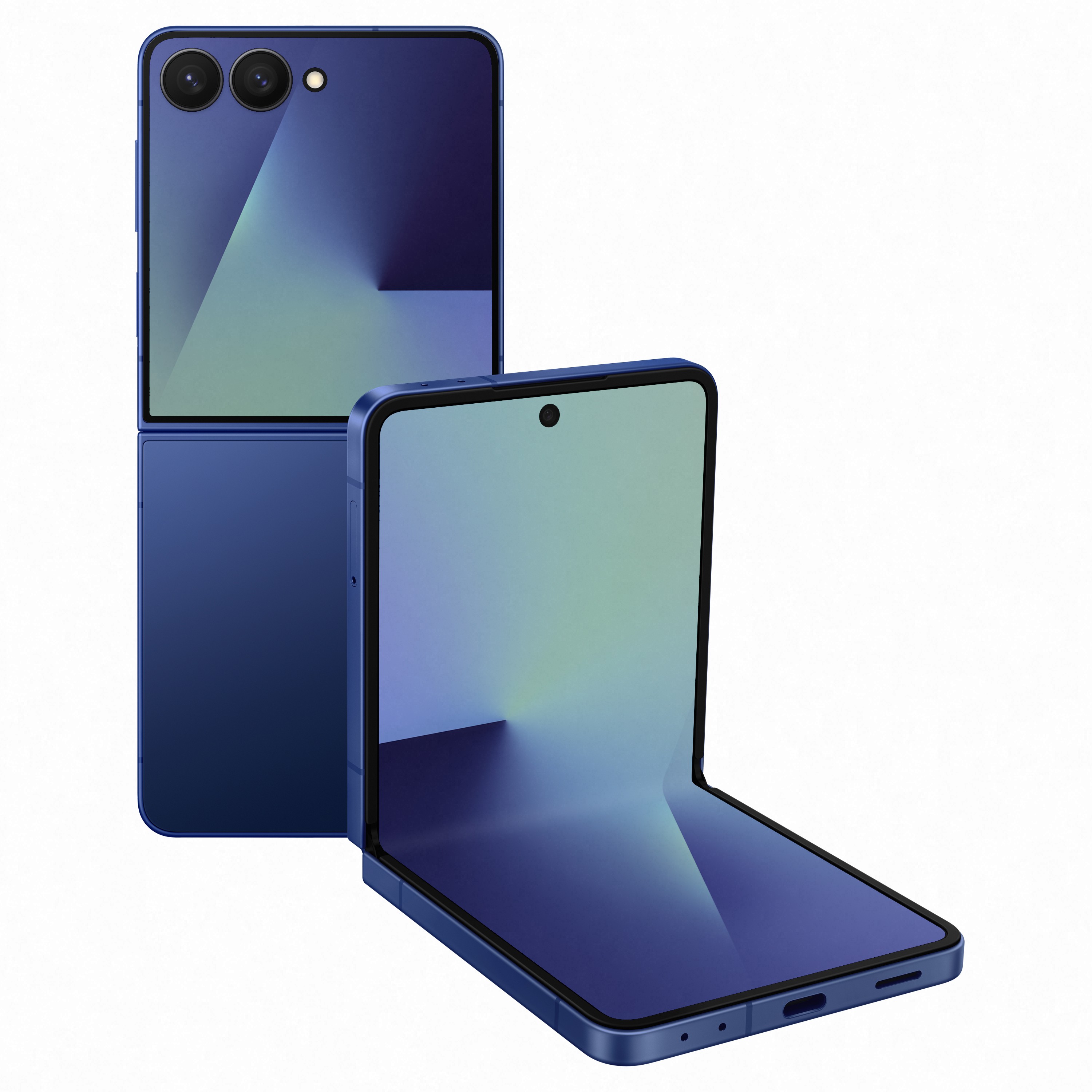Hardwired
In Hardwired, AC Senior Editor Harish Jonnalagadda delves into all things hardware, including phones, audio products, storage servers, and networking gear.
Samsung has been conservative with its foldable designs in the last two years, and it thankfully made amends this time around. The Galaxy Z Fold 7 is one of the thinnest foldables you can buy today, and the Z Flip 7 has noticeable upgrades. Having used both foldables for the better part of two weeks, I’ll have to say that I enjoyed the Z Flip 7 better.
I usually prefer fold-out designs, but in this instance, I used the Z Flip 7 over the Fold 7. That’s mostly down to the bigger cover panel; the increased real estate makes a noticeable difference in daily use, and the portability of the device is unmatched. Unlike last year, the cover panel now extends to the entire width of the device when folded, putting the device in contention with Motorola’s foldables.
The outer panel finally gets 120Hz refresh as well, and it’s just better to use than last year. The 4.1-inch OLED panel has good colors and vibrancy, and the bigger panel makes it easier to get back to notifications and messages without having to unfold the device.

Annoyingly, Samsung doesn’t allow you to use apps on the outer panel, but this is easily addressed by using CoverScreen OS. This is where Motorola’s phones have an inherent advantage, and Samsung should consider changing its stance to make it easier to use the increased panel size on the outside.
While the overall brightness still isn’t as high as the Pixel 9 Pro XL, I didn’t see any issues in regular use — even under harsh sunlight. The design itself is thinner than last year, and that is another point in Samsung’s favor this year; the brand did a good job delivering sleeker foldables. Another positive is that the device gets 256GB of storage with the base model, with Samsung finally eschewing 128GB.
And even though the Z Flip 7 uses the Exynos 2500 globally, I didn’t run into any lag or slowdowns. Foldables generally don’t have extensive thermal management, and the result is that they tend to throttle sooner than regular phones. That is the case with the Z Flip 7 as well, but it is in line with other flip phones I used recently.

The only point of contention on the Z Flip 7 is the battery; while the 4,300mAh battery is bigger than last year, it still isn’t as big as what other manufacturers offer on their own devices. Samsung is clearly not willing to put massive batteries on its foldables, and that’s something it will eventually need to address if it wants to measure up to its Chinese rivals.
Having said that, the Z Flip 7 manages to last a day with medium use. I had to plug it in on days with heavy use involving navigation and gaming, but on the whole, battery life is better than last year. Samsung is heavily positioning Galaxy AI as a differentiator, and the Z Flip 7 runs Android 16 out of the box.
The software is immediately familiar, but it has enough new features to excite long-term users. While I don’t use AI features as such, it’s undeniable that Galaxy AI has a robust suite of utilities geared at image generation and editing along with text-based assistance.
On the whole, the Z Flip 7 is a definite move forward, and Samsung addressed long-standing issues with its flip phones with the device. It’s better to hold and use, is faster than last year, and the cameras are quite decent — honestly, I didn’t think it would be as enjoyable to use.

Thanks to a bigger cover panel and better internals, the Galaxy Z Flip 7 is fantastic to use.
